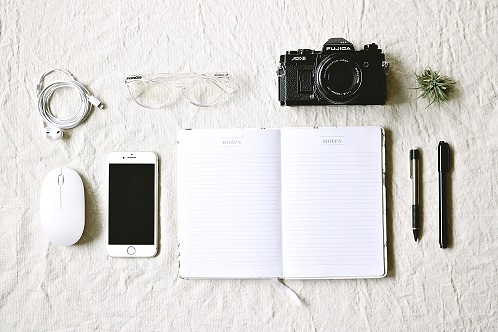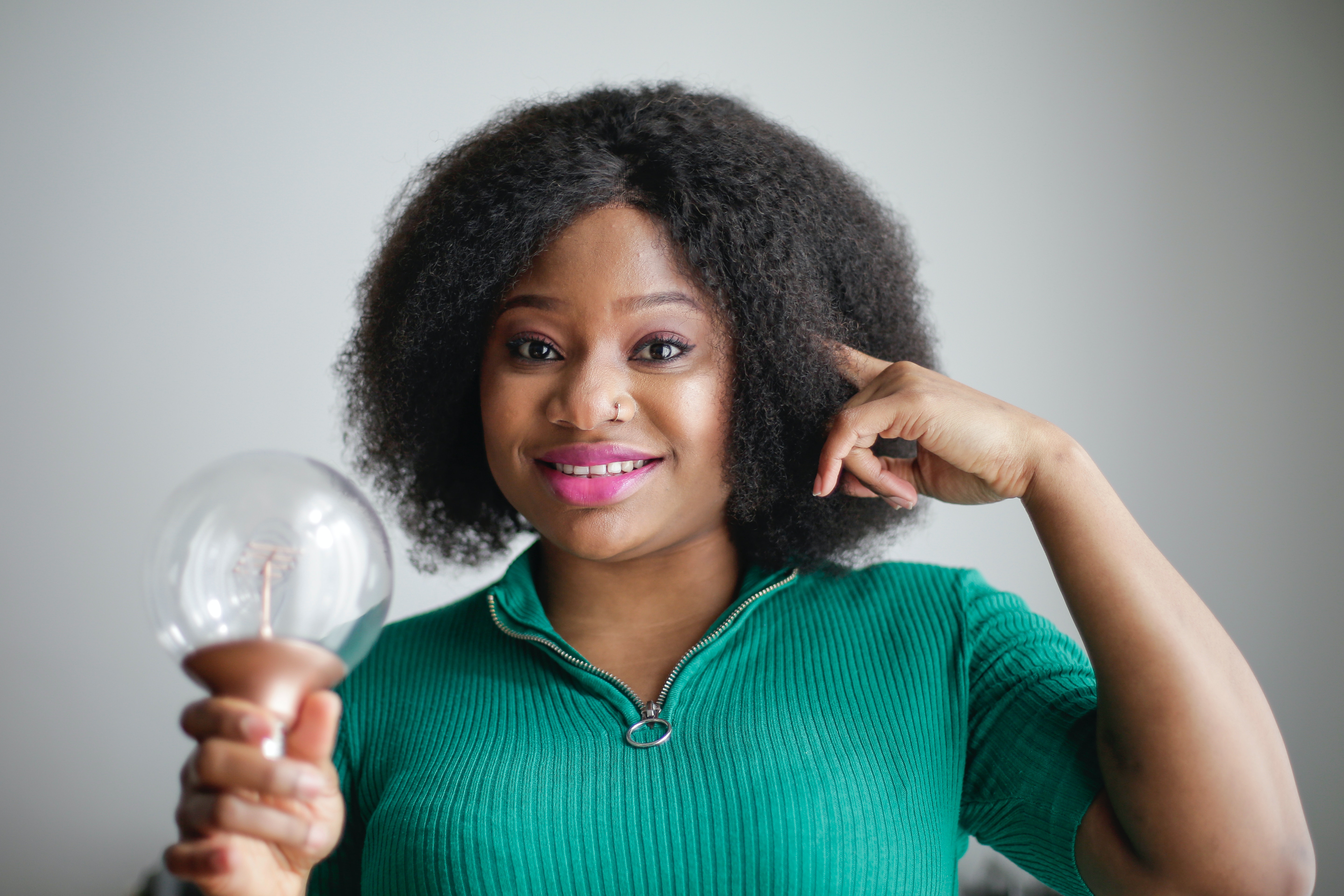
Tips & Tools
Managing your anxiety
DBT: A Wise Mind ACCEPTS

When we are experiencing high levels of stress and/or anxiety, it can be very difficult to think clearly. This is because when emotions are running high, they can actually wind up influencing our thoughts and actions. This is known as using your "Emotional Mind".

On the other end of the spectrum you have your "Reasonable Mind", in which your actions are guided by logic, hard facts, research, etc. This type of thinking can be helpful in certain situations - such as baking - where you want to follow measurements or specific recipes to get the exact outcome desired. That being said, we cannot expect ourselves to be in a rational state of mind 24/7, as emotions, feelings, and fears are all present for a reason; they serve a purpose.
This is where the "Wise Mind" comes into play - a perfect balance of engaging your "Reasonable Mind" and your "Emotional Mind". Where facts and experience are combined with emotions and feelings. Where intuition is combined with listening to your gut/heart/mind to decide what's best. Where we acknowledge and honour our feelings, but in a way that does not allow them to dictate our lives completely.

So how can you get out of an emotional mind and into a wise mind? Dialectical Behaviour Therapy (DBT) techniques can be a great place to start. The STOP technique for example can be very beneficial. Another helpful technique is using distractions.
Distractions come in many forms. DBT splits them up into several categories: Activities, Contributing, Comparisons, Emotions, Pushing Away, Thoughts and Sensations. To help remember the various categories, the following saying was created: "A wise mind ACCEPTS".
Below you will find examples of various different types of distractions - separated into their respective categories.
Activities
- Focus attention on a task you need to get done
- Watch movies or TV
- Clean a room in your house
- Play computer games
- Go for a walk or exercise
- Call or video chat a friend
- Download and/or listen to music
- Build/create something
- Spend time with those you're living with
- Play cards
- Read magazines, books, comics
- Do crossword puzzles or Sudoku.
Contributing
- Find volunteer work to do
- Help a friend or family member
- Surprise someone with something nice (a
card, a favor, a gift, etc.) - Give away things you don’t need
- Check in on a friend or loved one
- Make something nice for someone else
- Do something thoughtful.
Comparisons
- Compare how you are feeling now to a time when you felt differently (ie. a week ago, an hour ago, etc.)
- Think about people who may be going through something similar, but may have things more difficult (find gratitude in your situation)
Emotions
*Choosing an activity that elicitis a different emotion than what you are currently feeling (ie, if you're feeling fearful, don't watch a scary movie. Watch a comedy perhaps). Activities could include:
- Reading emotional books or stories, old letters, cards etc. (ie. happy books, funny cards, comic books etc.)
- Watch emotional TV show or movies (ie. comedy, romance, scary movie, action, etc.)
- Listen to emotional music (ie. motivational, religious, calming, energizing, etc.)
Pushing away
Trying to stay grounded while pushing away stressful thoughts. When we have a lot going on in our minds, it's important that we compartmentalize our thoughts. Sometimes that means putting some thoughts aside for now, so you can address them at another time. Pushing away could look like:
- Push the situation away by leaving it for a while
- Leave the situation mentally
- Build an imaginary wall between yourself and the situation
- Block thoughts and images from your mind
- Notice ruminating thoughts: Yell “No!”
- Refuse to think about the painful situations
- Put the pain on a shelf. Box it up and put it away for a while
- Deny the problem for the moment
Thoughts
- Count to 10; count colors in a painting or poster or out the window; count anything
- Repeat words to a song in your mind
- Puzzles
- Watch TV or read
Sensations
*Find a way to fully immerse yourself in your senses. Examples could include:
- Squeeze a rubber ball very hard
- Listen to very loud music
- Hold ice in your hand or mouth
- Go out in the rain or snow
- Take a hot or cold shower
- Practice the 5,4,3,2,1 Technique
*Examples adapted from DBT Skills Training Handouts and Worksheets, Second Edition, by Marsha M. Linehan. Copyright 2015*
Reach out to a local Psychotherapist to learn more about this evidence-based therapy technique, and to learn if it's right for you. Just like all forms of therapy, DBT can be highly individualized, and most effectively done with the support of a trained professional. Cam's Kids Foundation works with two Psychotherapists - both of whom you can find on our Ask the Experts page!
- All
-
29 Nutrition
Nutrition
- 73 Mindfulness and Relaxation
- 27 Student Life
- 8 Exercise
- 51 Treatments & Therapies
- Anxiety Resources

Don't see what you're looking for? Send us an email!
©Copyright 2024 Cam’s Kids powered by Kids Help Phone
Not-for-Profit Organization. B/N: 921508-5
Thanks for visiting Cam's Kids. Please remember...
Cam's Kids is not a service provider.
If you are in crisis, please call 911 or go to your nearest emergency department. For free, confidential counselling, contact Good2Talk or Kids Help Phone.
Post-secondary students: find your local crisis resource here.

